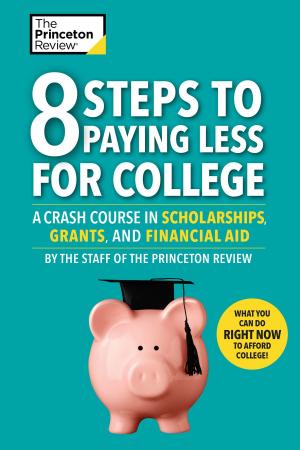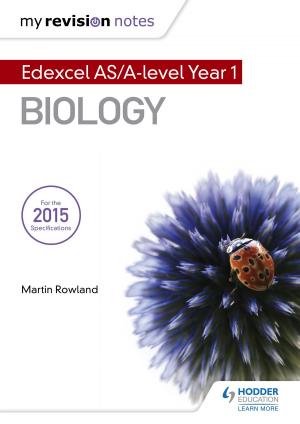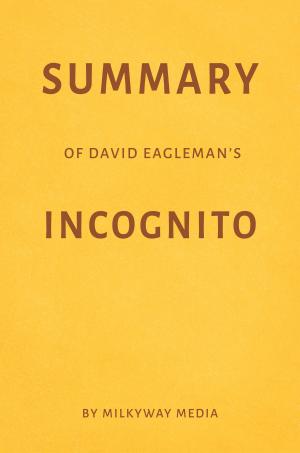| Author: | Arthur Belefant | ISBN: | 9781311029096 |
| Publisher: | Arthur Belefant | Publication: | February 7, 2014 |
| Imprint: | Smashwords Edition | Language: | English |
| Author: | Arthur Belefant |
| ISBN: | 9781311029096 |
| Publisher: | Arthur Belefant |
| Publication: | February 7, 2014 |
| Imprint: | Smashwords Edition |
| Language: | English |
The hypothesis proposed in the book explains away the many inconsistencies and errors that appear in Mary Shelley's Frankenstein, and in doing so produces a new interpretation of the novel. Examined are such subjects as who actually wrote the novel, whether the novel is science fiction, incest as the driving force, and Victor’s motives for murder.
By a detailed comparison of the first (1818) and revised (1831) editions, the pulling together of many disparate sources, and a meticulous study of Mary Shelley's words, the author has determined that Frankenstein was not intended to be a science-fiction novel. Mary Shelley intended that her readers know that the Creature did not exist and that Victor committed the murders.
This analysis raises the level of Mary Shelley's novel from a simple horror tale to deeply disturbing psychological story based on humanity's most forbidden passions.
The book is copiously referenced to both texts of Frankenstein and to many academic studies. Several sites visited by Frankenstein and his Creature are reproduced.
The hypothesis proposed in the book explains away the many inconsistencies and errors that appear in Mary Shelley's Frankenstein, and in doing so produces a new interpretation of the novel. Examined are such subjects as who actually wrote the novel, whether the novel is science fiction, incest as the driving force, and Victor’s motives for murder.
By a detailed comparison of the first (1818) and revised (1831) editions, the pulling together of many disparate sources, and a meticulous study of Mary Shelley's words, the author has determined that Frankenstein was not intended to be a science-fiction novel. Mary Shelley intended that her readers know that the Creature did not exist and that Victor committed the murders.
This analysis raises the level of Mary Shelley's novel from a simple horror tale to deeply disturbing psychological story based on humanity's most forbidden passions.
The book is copiously referenced to both texts of Frankenstein and to many academic studies. Several sites visited by Frankenstein and his Creature are reproduced.















